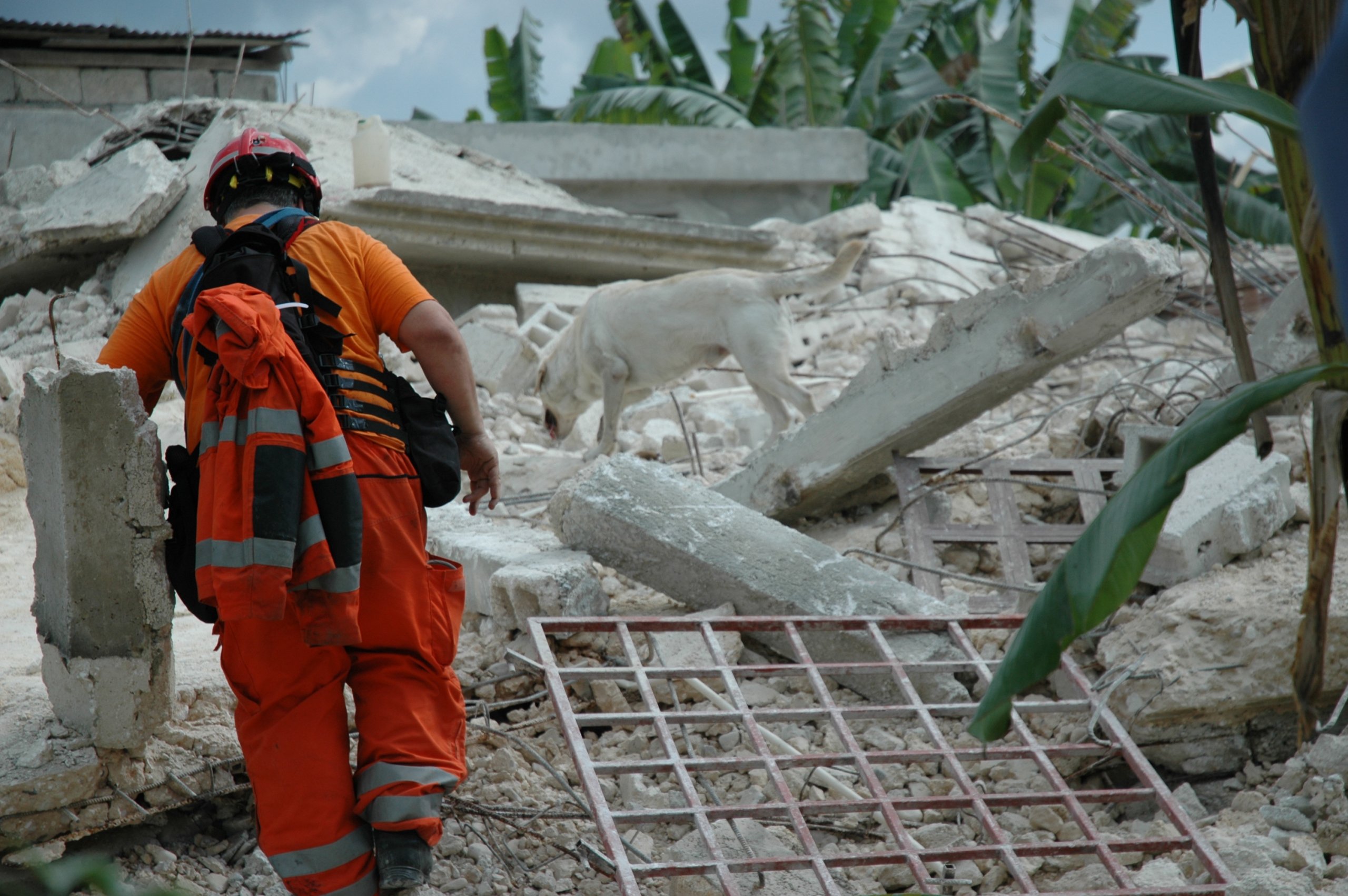A new working group, co-facilitated by the United Nations Office for Disaster Risk Reduction (UNDRR) and the International Science Council (ISC), has been tasked with developing new hazard definitions and classifications, and seeks input from stakeholders to ensure the list is robust, and reflects the full spectrum of local and regional terminology.

Covering man-made as well as natural hazards, the Sendai Framework for Disaster Risk Reduction expanded the scope of disaster risk reduction to biological, environmental, geological, hydrometeorological and technological hazards, calling on a multi-hazard approach to disaster risk reduction.
Accordingly, the working group will produce a paper that will be developed by the end of 2019 with the aim of providing a scientific list of definitions for hazards encompassed by the Sendai Framework. The consultation exercise will draw upon existing scientific definitions, and if necessary, develop new definitions for specific hazards.
The outcomes of this initiative will directly contribute to the Sendai Framework which calls for the science and technology community to “Strengthen technical and scientific capacity to capitalize on and consolidate existing knowledge and to develop and apply methodologies and models to assess disaster risks, vulnerabilities and exposure to all hazards.”
Initial discussions will take place during the Global Platform on Disaster Risk Reduction in Geneva, starting 13 May 2019. Following the meeting in Geneva, a consultation process will take place between May and September 2019, with a final report on the Sendai Hazard Definitions and Classifications being produced in November 2019.
For full information on the Technical Working Group, click here.